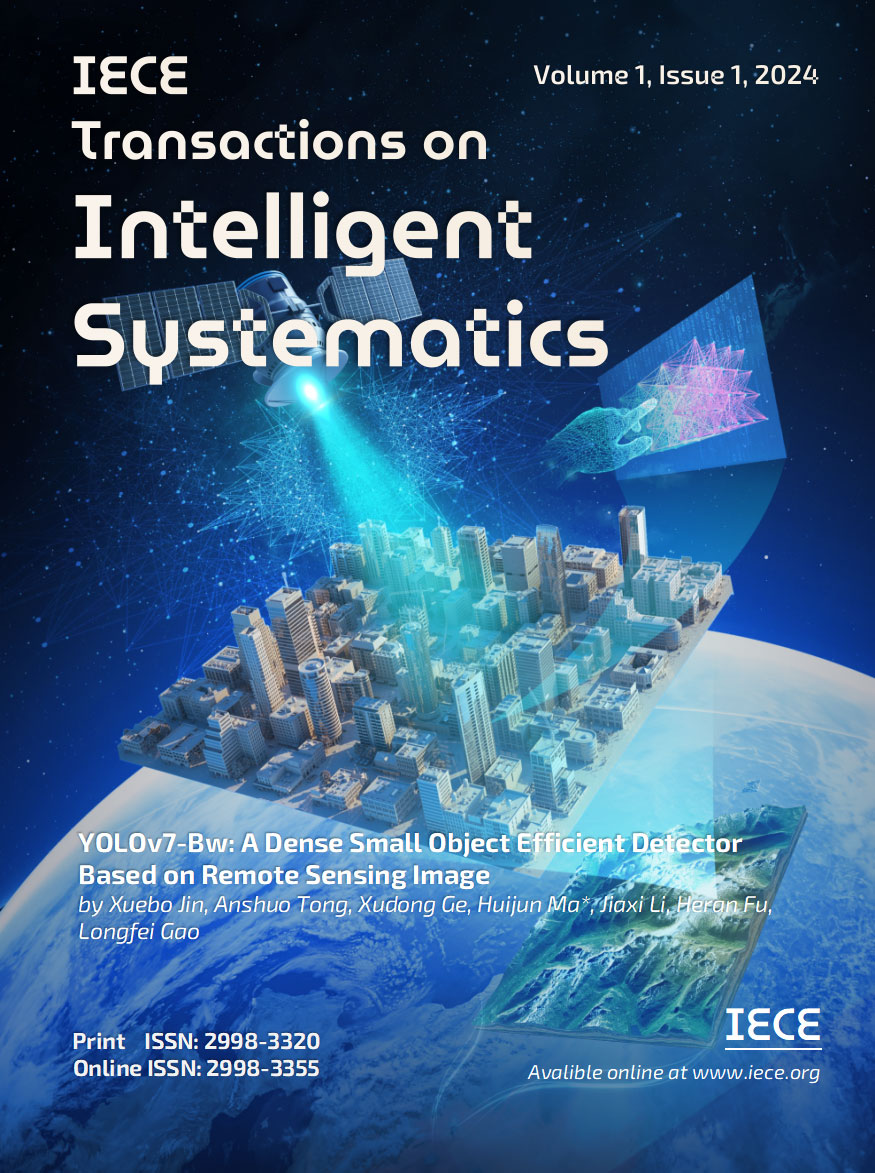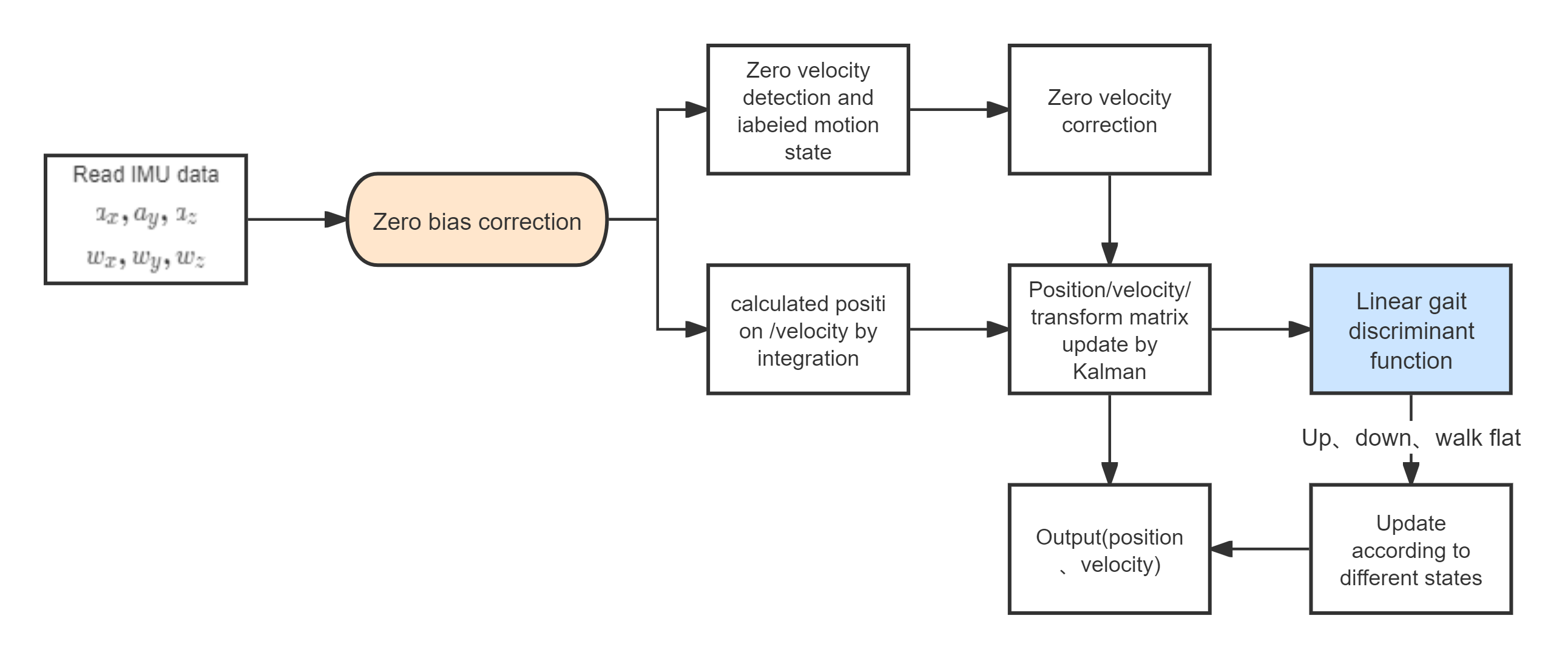IECE Transactions on Intelligent Systematics
ISSN: 2998-3355 (Online) | ISSN: 2998-3320 (Print)
Email: [email protected]


 Submit Manuscript
Edit a Special Issue
Submit Manuscript
Edit a Special Issue

[1]Curone, D.; Savarese, G.; Antonini, M., et al. (2023). An Innovative Low-Power, Low-Cost, Multi-Constellation Geodetic-Grade Global Navigation Satellite System Reference Station for the Densification of Permanent Networks: The GREAT Project. Sensors, 6032.
[2]Zhou, Y., Huang, H., Yuan, S., et al. (2023).MetaFi++: WiFi-Enabled Transformer-Based Human Pose Estimation for Metaverse Avatar Simulation.IEEE Internet of Things Journal, 10(16), 14128-14136.
[3]Xu, J., Li, Z., Zhang, K., Yang, J., Gao, N., Zhang, Z., & Meng, Z. (2023). The principle, methods and recent progress in RFID positioning techniques: A review. IEEE Journal of Radio Frequency Identification, 7, 50-63.
[4]Sung, S., Kim, H., & Jung, J.-I. (2023). Accurate Indoor Positioning for UWB-Based Personal Devices Using Deep Learning. IEEE Access, 11, 20095-20113.
[5]Cinnera, M. A., Picerno, P., Bisirri, A.,, et al. (2024). Upper limb assessment with inertial measurement units according to the international classification of functioning in stroke: a systematic review and correlation meta-analysis. Topics in Stroke Rehabilitation, 31(1), 66–85.
[6]Zhou, L., Fischer, E., Brahms, C. M., Granacher, U., & Arnrich, B. (2023). Duo-gait: A gait dataset for walking under dual-task and fatigue conditions with inertial measurement units. Scientific Data, 10(1), 543.
[7]Wang, Q., Fu, M., Wang, J., et al. (2024). Free-walking: Pedestrian inertial navigation based on dual foot-mounted IMU. Defence Technology, 33, 573-587.
[8]Foxlin E. (2005). Pedestrian Tracking with Shoe-Mounted Inertial Sensors. IEEE Computer Graphics & Applications, 25(6):38-46.
[9]Cai Y, Sun Q, Zhang Y, et al. (2016). Integrated navigation for pedestrians with building heading algorithm and inertial measurement unit. In International Conference on Control, Automation, and Information Sciences. IEEE, 167-170.
[10]Robertson, P., Angermann, M., Krach, B., & Khider, M. (2009, September). Inertial systems based joint mapping and positioning for pedestrian navigation. In Proceedings of the 22nd International Technical Meeting of the Satellite Division of The Institute of Navigation (ION GNSS 2009): 2096-2107).
[11]Flores J V Z, Rasseneur L, Galani R, et al. (2016). Indoor navigation with smartphone IMU for the visually impaired in university buildings. Journal of Assistive Technologies, 10(3):133-139.
[12]Flores J Z, Farcy R. (2014). Indoor Navigation System for the Visually Impaired Using One Inertial Measurement Unit (IMU) and Barometer to Guide in the Subway Stations and Commercial Centers. In International Conference on Computers for Handicapped Persons. Springer, Cham:411-418.
[13]Jimenez A R, Seco F, Prieto C, et al. (2009). A comparison of Pedestrian Dead-Reckoning algorithms using a low-cost MEMS IMU. In IEEE International Symposium on Intelligent Signal Processing. IEEE:37-42.
[14]Skog I, Handel P, Nilsson J O, et al. (2010). Zero-Velocity Detection—An Algorithm Evaluation. IEEE transactions on bio-medical engineering, 57(11):2657-2666.
[15]Miranda C S, Ferreira J V. (2014). Sensor and Body Frames Rotation Calibration Through Attitude Restriction. IFAC Proceedings Volumes, 47(3):7579-7584.
IECE Transactions on Intelligent Systematics
ISSN: 2998-3355 (Online) | ISSN: 2998-3320 (Print)
Email: [email protected]

Portico
All published articles are preserved here permanently:
https://www.portico.org/publishers/iece/